It has been estimated that the carbon footprint of 1t of spring malting barley is 165kg of CO2e on farms taking part in the Guinness Regenerative Agriculture Project.
This means that a 3.3t/ac crop (2022 average yield) would have a carbon footprint of almost 550kg/ac or 1.3t/ha.
44 farms
The project began approximately one year ago and is working with 44 growers that produce malting barley and ultimately supply Diageo with barley after it has passed through a few middlemen to assemble and turn into malt.
Baseline data was gathered from the 44 growers between October 2022 and January 2023. Carbon emissions were calculated using the Cool Farm Tool, a model which estimates carbon emissions on farm.
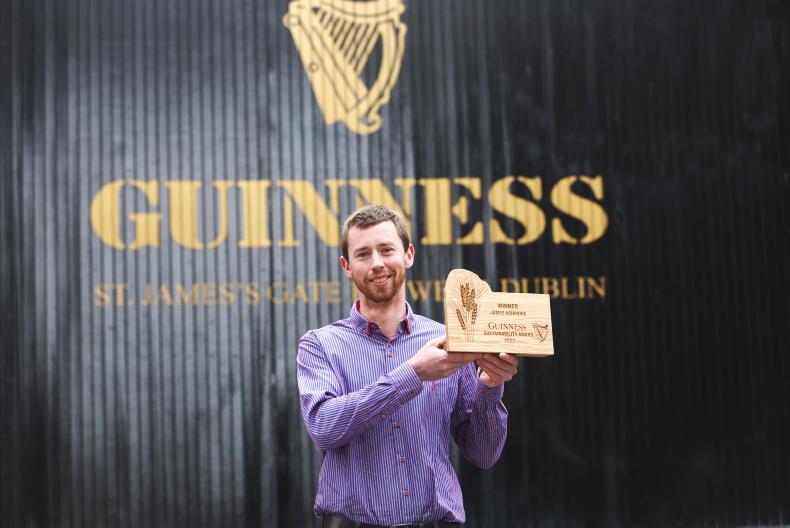
Diageo Regen ag project.
Almost three quarters of the carbon footprint of 165kg CO2e/t comes from the use of nitrogen fertiliser. Nitrous oxide is the main greenhouse gas from nitrogen fertiliser use and is emitted from Calcium Ammonium Nitrate (CAN).
The goal of the pilot project, which is three years in length, is to reduce these emissions by 30%. The plan is to turn to low-carbon fertilisers and plant leguminous crops in cover crops to reduce dependence on artificial nitrogen fertiliser.
Cover crops
Participating farmers were supplied with cover crop seed as part of the project last autumn. On average, across the farms those crops produced 6.5t of dry matter per hectare.
Future Food Solutions carried out measurements on these crops and sampled and tested for nutrient uptake. An average of 28kg/ha of nitrogen were gathered by these crops, 3kg/ha of phosphorus and 26kg/ha of potassium.
The cover crop gathers up these nutrients from the soil and prevent them from potentially being lost to water.
The cover crops are incorporated back into the soil and so the nutrients may become available to the next crop and the cover crop should also help to take in carbon from the atmosphere and eventually store it in the soil.
Carbon stock
Agricarbon carried out soil carbon sampling in the fields used in the project. The average carbon stock in these fields is 104t of carbon per hectare (sampled to 30cm).
Neil Fuller of Future Food Solutions is one of the advisers on the project. He said: “The baseline numbers are very impressive. The pilot farmers are doing a fantastic job as custodians of the land, building on firm soil foundations laid by previous generations.
“Irish farmers are producing barley with excellent yield and quality with a low carbon footprint, and still there is tremendous potential to further reduce emissions. But this is only half the story. All the baseline metrics demonstrate that Irish soils are in great health.”
Future plans
The majority of the spring barley across the country has still to be planted and this may pose challenges for the production of low-protein malting barley. However, the next part of this project is to help farmers decide what fertiliser can help to reduce emissions on farms.
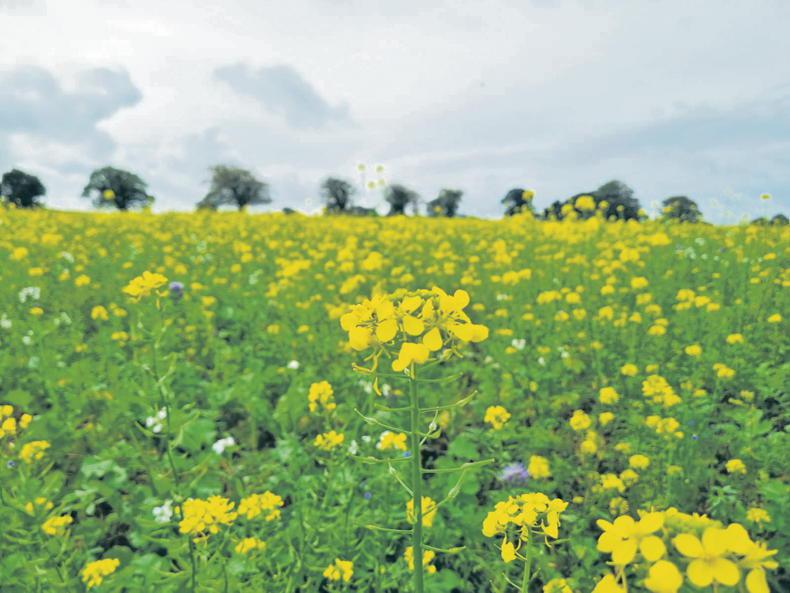
A cover crop on Séamus Duggan’s farm in Co Laois.
For example, protected urea could reduce nitrous oxide and ammonia emissions on farms.
Listening devices will also be placed on some of the farms to record sounds from birds and pollinators and determine the species and the number of species on farms.
Sustainable farming award
James Ashmore from Co Kildare was announced as the winner of the Guinness Sustainable Barley Award for 2022. He said: “We’ve seen tremendous value in the baselining exercise, never before have we had access to this level of data which will inform decision making at farm level. It’s fantastic to be part of this project and I’m looking forward to exploring more opportunities to further reduce carbon emissions and improve soil health.”
Comment
The results coming from this pilot project are no doubt of value and it is great to see a major drinks company like Diageo placing a value on Irish barley, as well as providing advice in this pilot programme.
It no doubt contributes to the sustainability goals at Diageo and will be of value from a marketing and commercial point of view.
However, there is clearly extra work and records involved int this pilot for the farmers. While this is a pilot, if it is to be rolled out at a larger scale there needs to be financial reward for those participating.
There are a number of regenerative agriculture projects on stream in the Irish drinks sector and indeed in the dairy processing sector. These projects are no doubt promoting environmental and social sustainability, but for farms to survive and be profitable economic sustainability has to be of paramount importance and farmers will have to be rewarded appropriately for their time and effort.
In brief
44 farms participatingAverage carbon footprint of 165kg CO2e/t of spring barley
Cover crops produced an average of 6.5t DM/haCover crops took up 28kg N/haSoil carbon was sampled to a depth of 30cm on the farms.On average, 104t of carbon being stored per hectare
It has been estimated that the carbon footprint of 1t of spring malting barley is 165kg of CO2e on farms taking part in the Guinness Regenerative Agriculture Project.
This means that a 3.3t/ac crop (2022 average yield) would have a carbon footprint of almost 550kg/ac or 1.3t/ha.
44 farms
The project began approximately one year ago and is working with 44 growers that produce malting barley and ultimately supply Diageo with barley after it has passed through a few middlemen to assemble and turn into malt.
Baseline data was gathered from the 44 growers between October 2022 and January 2023. Carbon emissions were calculated using the Cool Farm Tool, a model which estimates carbon emissions on farm.

Diageo Regen ag project.
Almost three quarters of the carbon footprint of 165kg CO2e/t comes from the use of nitrogen fertiliser. Nitrous oxide is the main greenhouse gas from nitrogen fertiliser use and is emitted from Calcium Ammonium Nitrate (CAN).
The goal of the pilot project, which is three years in length, is to reduce these emissions by 30%. The plan is to turn to low-carbon fertilisers and plant leguminous crops in cover crops to reduce dependence on artificial nitrogen fertiliser.
Cover crops
Participating farmers were supplied with cover crop seed as part of the project last autumn. On average, across the farms those crops produced 6.5t of dry matter per hectare.
Future Food Solutions carried out measurements on these crops and sampled and tested for nutrient uptake. An average of 28kg/ha of nitrogen were gathered by these crops, 3kg/ha of phosphorus and 26kg/ha of potassium.
The cover crop gathers up these nutrients from the soil and prevent them from potentially being lost to water.
The cover crops are incorporated back into the soil and so the nutrients may become available to the next crop and the cover crop should also help to take in carbon from the atmosphere and eventually store it in the soil.
Carbon stock
Agricarbon carried out soil carbon sampling in the fields used in the project. The average carbon stock in these fields is 104t of carbon per hectare (sampled to 30cm).
Neil Fuller of Future Food Solutions is one of the advisers on the project. He said: “The baseline numbers are very impressive. The pilot farmers are doing a fantastic job as custodians of the land, building on firm soil foundations laid by previous generations.
“Irish farmers are producing barley with excellent yield and quality with a low carbon footprint, and still there is tremendous potential to further reduce emissions. But this is only half the story. All the baseline metrics demonstrate that Irish soils are in great health.”
Future plans
The majority of the spring barley across the country has still to be planted and this may pose challenges for the production of low-protein malting barley. However, the next part of this project is to help farmers decide what fertiliser can help to reduce emissions on farms.

A cover crop on Séamus Duggan’s farm in Co Laois.
For example, protected urea could reduce nitrous oxide and ammonia emissions on farms.
Listening devices will also be placed on some of the farms to record sounds from birds and pollinators and determine the species and the number of species on farms.
Sustainable farming award
James Ashmore from Co Kildare was announced as the winner of the Guinness Sustainable Barley Award for 2022. He said: “We’ve seen tremendous value in the baselining exercise, never before have we had access to this level of data which will inform decision making at farm level. It’s fantastic to be part of this project and I’m looking forward to exploring more opportunities to further reduce carbon emissions and improve soil health.”
Comment
The results coming from this pilot project are no doubt of value and it is great to see a major drinks company like Diageo placing a value on Irish barley, as well as providing advice in this pilot programme.
It no doubt contributes to the sustainability goals at Diageo and will be of value from a marketing and commercial point of view.
However, there is clearly extra work and records involved int this pilot for the farmers. While this is a pilot, if it is to be rolled out at a larger scale there needs to be financial reward for those participating.
There are a number of regenerative agriculture projects on stream in the Irish drinks sector and indeed in the dairy processing sector. These projects are no doubt promoting environmental and social sustainability, but for farms to survive and be profitable economic sustainability has to be of paramount importance and farmers will have to be rewarded appropriately for their time and effort.
In brief
44 farms participatingAverage carbon footprint of 165kg CO2e/t of spring barley
Cover crops produced an average of 6.5t DM/haCover crops took up 28kg N/haSoil carbon was sampled to a depth of 30cm on the farms.On average, 104t of carbon being stored per hectare 





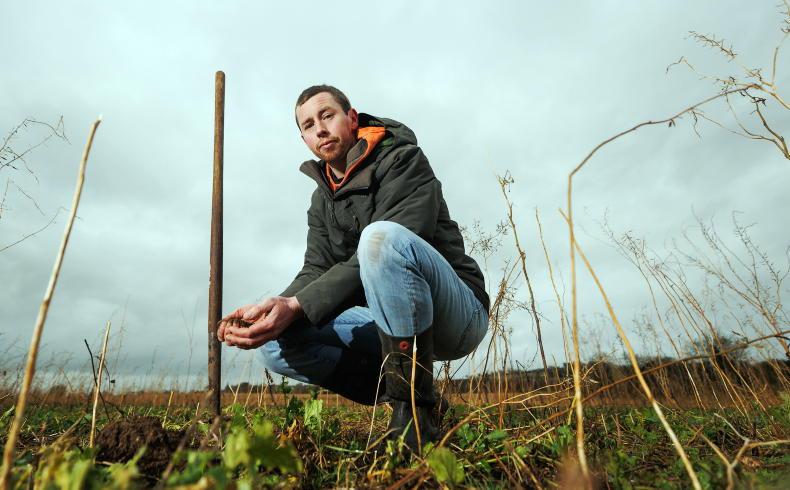
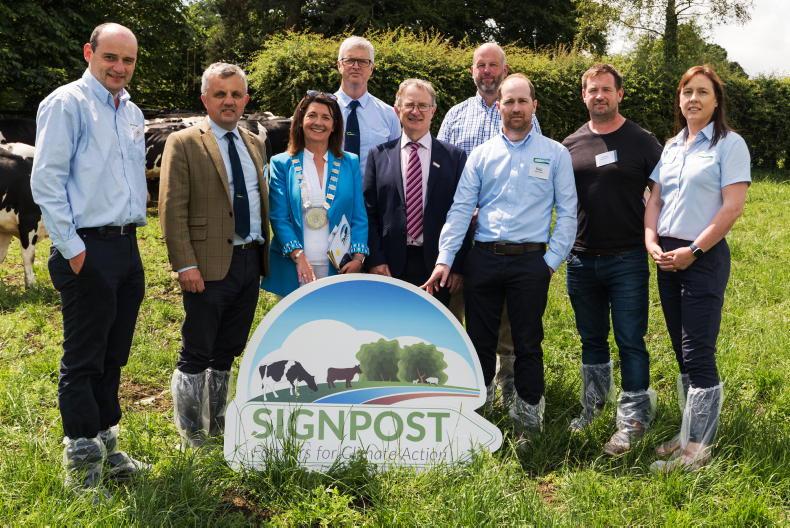

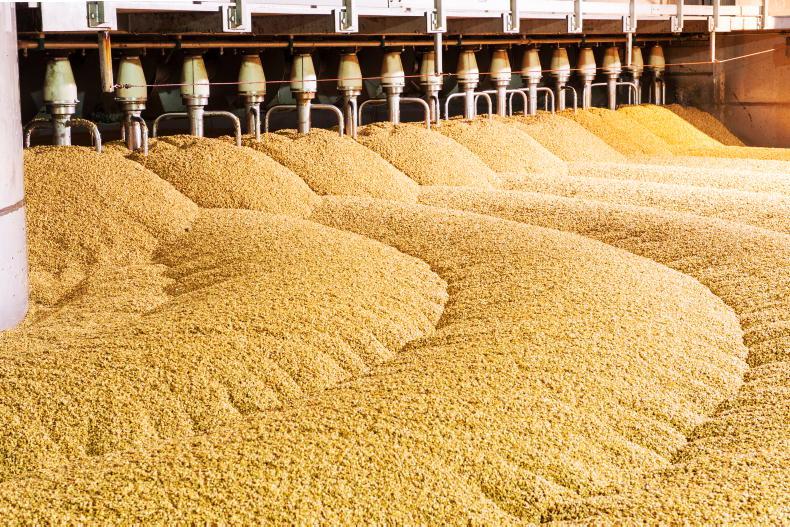


SHARING OPTIONS